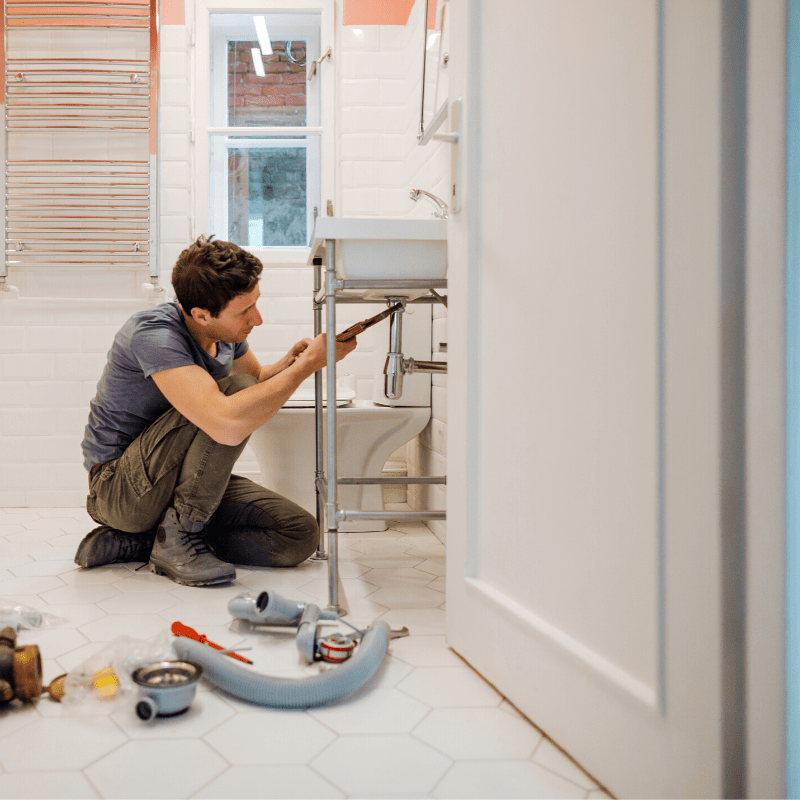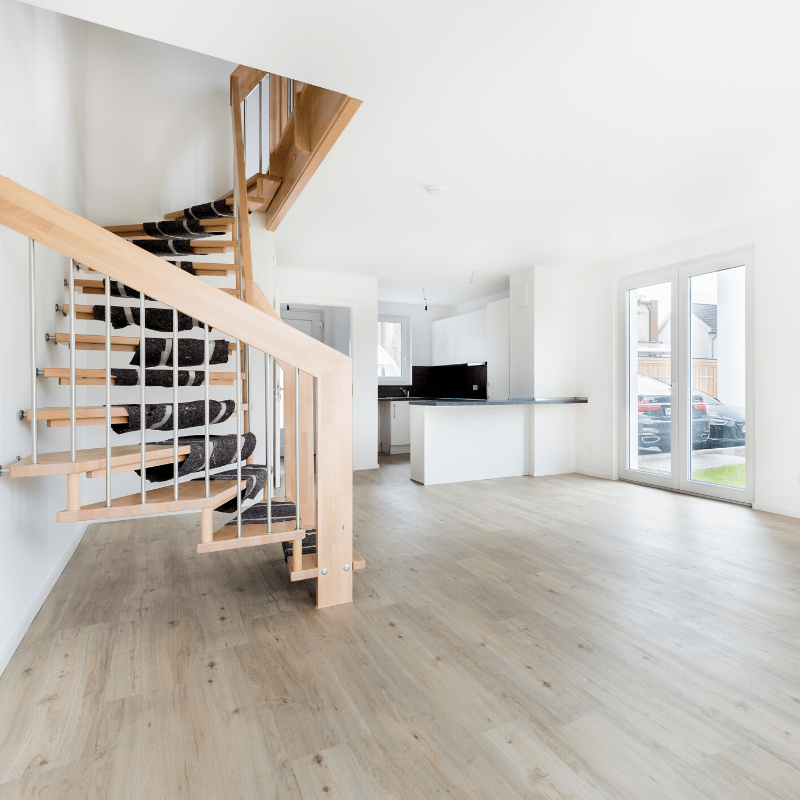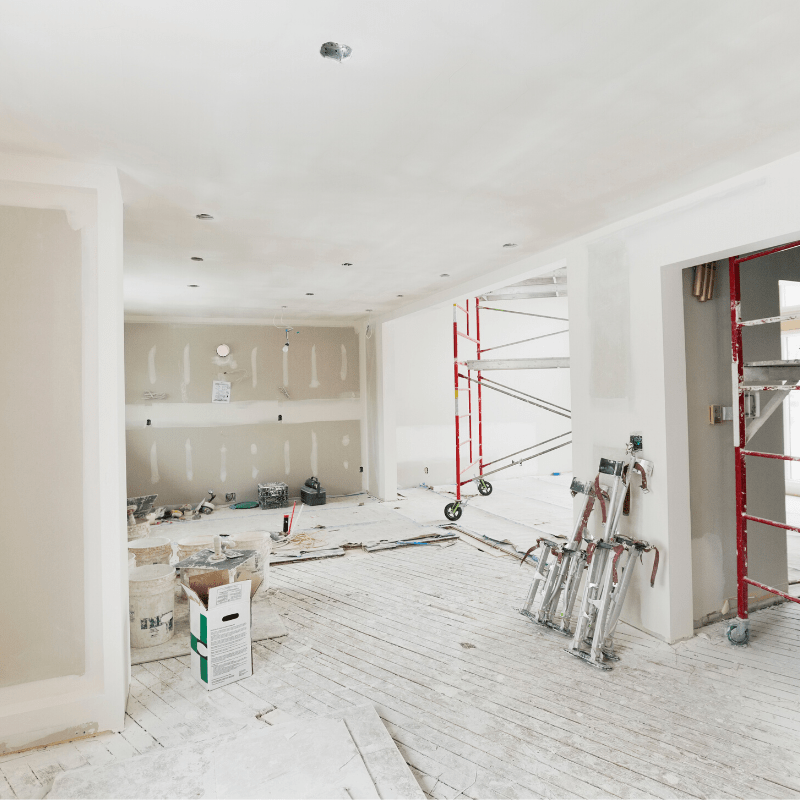These six home renovations are best left to professionals
A do-it-yourself approach to home renovations can be fun and cost effective, but a DIY reno gone wrong is a situation you don’t want to find yourself in.
And the result could actually cost a lot more than you may have paid to get a professional tradesperson to do the job in the first place.
Find out five other costly home insurance mistakes here.
Work that’s been done incorrectly without a proper licence, is work that may be considered illegal or non-compliant and it may cause problems at claim time, says Tony Waizer, QBE’s Householders Insurance Technical Manager.
“We recently had an issue with a claim when one of our customers renovated their bathroom,” Waizer explains.
“The design was faulty, and they cut some corners to save money on the waterproofing part of the job.”
This resulted in water leakage in the bathroom and the customer made a claim to cover the costs of the damage. The builders who came in to repair the water damage refused to rebuild the bathroom to the previous standard as it was non-compliant and illegal.
“This complicated and delayed the claim repairs,” says Waizer.
Here’s six jobs that are best left to professionals.
Electrical work
Beyond changing a light bulb, it’s very likely you’ll need to get a licenced tradie for all electrical work in your home.
“Despite the variety of tools that are available to buy in hardware shops, you actually need to be licenced to use them for any kind of electrical work,” warns Waizer.
“And if an incident occurs in your home, for example an electrical fire, because illegal work has been done, you may not be covered by insurers for those damages or loss. You can also be heavily fined for illegal work.”
Waizer notes that it’s important to double check your electrician’s licence to ensure it’s correct and that the type of work they’re carrying out is permitted as part of their specific licence. Otherwise you may not be complying with the appropriate Australian Standard and you may not be covered for defective work.
Here’s more information about electrician licencing:

Plumbing work
Much like electrical work, the majority of plumbing can only be done by a licenced professional, however the rules may slightly differ state by state.
In New South Wales, you can do minor plumbing work yourself, such as changing tap washers, according to Sydney Water.
You’ll need to hire a plumber to fix bigger problems or to do full renovation work such as replacing hot water systems, toilets and showers.
Even if you’re doing some renovation work yourself that doesn’t appear to affect power or water, it’s good practice to double check this is the case if you’re doing demolition work, digging in the garden or drilling into walls.
“Another key situation to look out for is if you’re converting an attic or an under-roof or storage space into another room. We’ve seen some claims where there’s been electrical fires after a person has run into trouble with roof wiring when doing these types of renovations,” Waizer says.
Leaky pipes are one of the biggest headaches for Australian landlords and are the cause of far more insurance claims than tenants failing to pay the rent.
Our most current data indicates that more than half of landlord insurance claims are caused by two factors; weather issues and water damage, including pipe failures or leaks.
“Remember to always get help from the experts if you’re responsible for getting repairs finalised,” Waizer adds.
Here’s more information about plumbing licencing. Rules and certain tasks that can be done by homeowners vary according to state.
Roof repairs
The main concerns with DIY roof repairs is the risk of falling from heights. Roof repairs should be done by a professional, so the correct safety precautions and safety equipment is used.
In addition, minor water-proofing errors can lead to unwanted leaks which can cause homeowners major headaches and water damage.
Find out how your home insurance covers roof repair. 
Staircase renovations
Depending on the height of the construction, you’ll likely need a Safe Work Method Statement approved before work is started on staircases.
“Staircases are also especially tricky in design,” Waizer says.
“Your calculations need to be absolutely perfect, otherwise you risk bringing the potential of injury into your home. If your measurements are off by just a couple of centimetres, a family member or person living with you or visiting could trip when they climb up or down the stairs.
“Guests tripping or falling over in your home is a common liability claim we see our customers make on their home and contents insurance. It’s little-known that home and contents also includes a liability cover benefit,” he adds.
Liability insurance is included in your home and contents insurance policy and it protects you if you’re found liable for a person’s injury if they accidentally hurt themselves in your home or if you or a family member accidentally injure someone outside your home.
Gas appliance installation
Gas appliance installation should always be done by licenced professionals.
This includes hot water systems, which can be installed by a licenced gas fitter, plumber or an electrician.

Removing walls
A building professional, architect or structural engineer should be engaged for their professional advice before removing any walls in your home. Often, removing walls may be more complicated than simply knocking them down.
Redirecting electrical circuitry, including light fittings, gas or types of ventilation, such as air conditioning or heating systems may be required. And for each of these tasks, you might need to consult the relevant tradesperson for each job.








